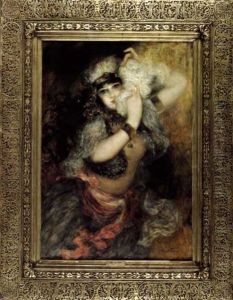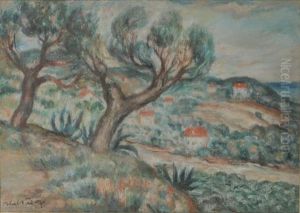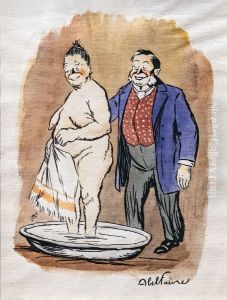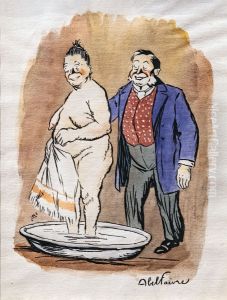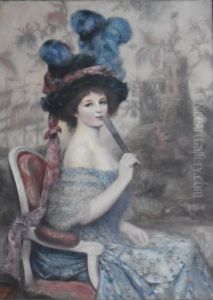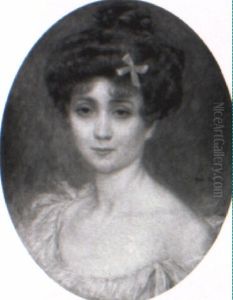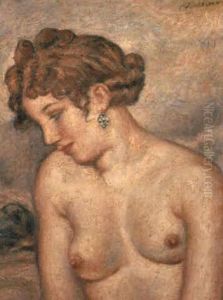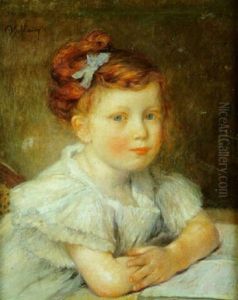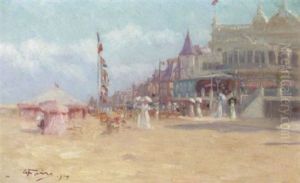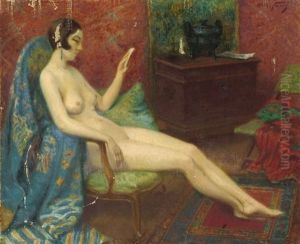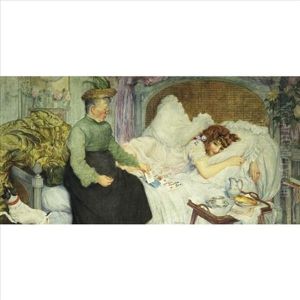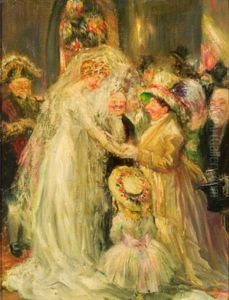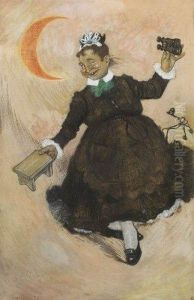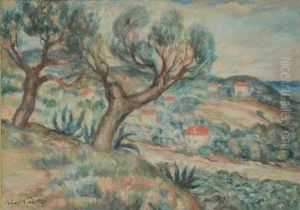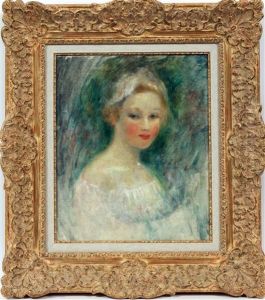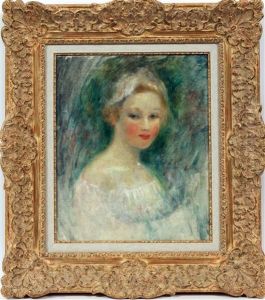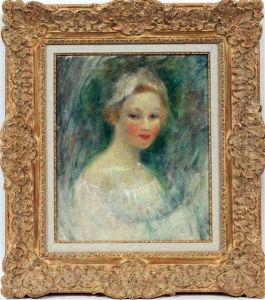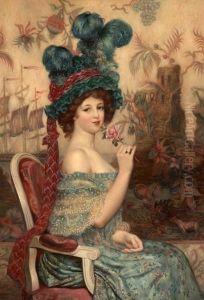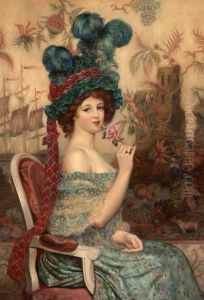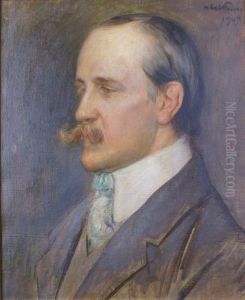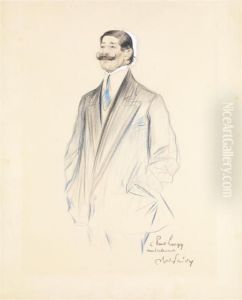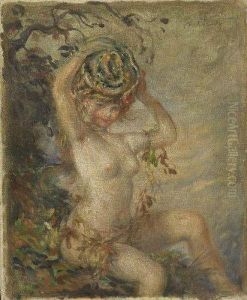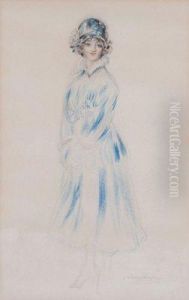Abel Faivre Paintings
Abel Faivre was a prominent French painter, illustrator, and cartoonist, born on March 30, 1867, in Lyon, France, and passed away on August 13, 1945, in Nice. His career spanned several decades at the turn of the 20th century, a period rich in artistic innovation and characterized by significant social and political change. Faivre's work is notable for its versatility, encompassing a wide range of subjects and styles, from portraits and landscapes to satirical cartoons and propaganda posters.
Faivre's education in art began in his hometown at the École nationale supérieure des beaux-arts de Lyon, after which he moved to Paris to further his studies and immerse himself in the vibrant cultural scene. In Paris, he became associated with a circle of artists and writers who were at the forefront of the avant-garde movement. Despite this, Faivre's style remained relatively traditional, focusing on realism and occasionally venturing into impressionist influences, which were popular among his contemporaries.
He gained considerable fame as an illustrator, contributing to various magazines and journals. His illustrations, characterized by their sharp wit and keen observation of society, were published in prominent periodicals of the time, including 'Le Rire', 'Le Figaro', and 'L’Assiette au Beurre', among others. Faivre's ability to capture the essence of his subjects with both humor and sensitivity made his work widely popular and accessible to a broad audience.
During World War I, Abel Faivre's talents were put to use in the creation of propaganda, producing some of the most iconic and persuasive posters of the era. His posters, encouraging enlistment and support for the war effort, stand out for their emotional impact and artistic quality, blending his skills as a caricaturist with a more somber and patriotic tone. These works contributed significantly to the public's mobilization and support for the French cause during the conflict.
After the war, Faivre continued to work as a painter and illustrator but gradually receded from the public eye, spending his later years in relative obscurity in Nice, where he focused more on painting landscapes and seascapes of the French Riviera. Despite this shift away from the political and social commentary that marked much of his earlier career, these later works are celebrated for their vivid colors and the sense of tranquility they evoke.
Abel Faivre's legacy is that of a versatile and talented artist who was able to successfully navigate the changing artistic landscapes of his time. His contributions to French art, particularly in the realm of illustration and propaganda, remain significant, reflecting the broader cultural and historical shifts of the late 19th and early 20th centuries.
